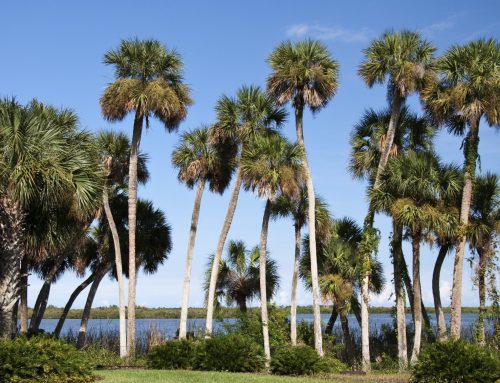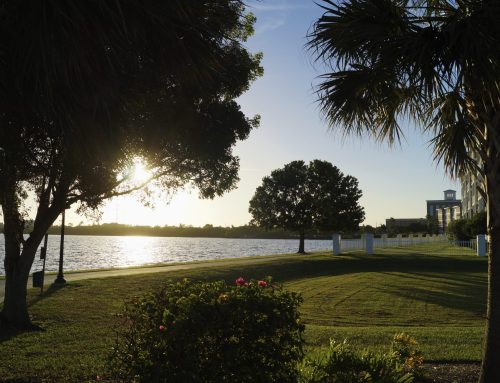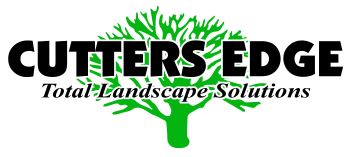Tree Trimming Service Basics: Tips & Techniques
Understanding the basics of tree trimming and pruning is important if you own a home that has trees on it. Not only can it help keep you safe, but it can also save you some money if you’re particularly handy. There are multiple tree trimming tips and tricks that can make sure your trees stay in great shape. If you have the right tools and knowledge, tree trimming is a necessary task that you can handle yourself to maintain your tree’s health and appearance.
If you want to learn the basics of tree trimming, keep scrolling. Some jobs are just too big to handle for the typical homeowner (tree and stump removal being the main one). For bigger issues, we would always recommend bringing in professionals to ensure your safety and keep your landscaping looking its best.
Tree Trimming Tools
There are three basic tools needed for simple, small cuts. Pruning shears for simple cuts on bushes or thin tree twigs. Loppers for medium-sized branches on flower or fruit trees. Pole pruners for hard-to-reach branches on trees.
Basic Tree Care
There are three main reasons to keep your trees trimmed: safety, health, and appearance.
• Appearance – Trimming your trees regularly can help them keep their shape. However, do not try and impose an unnatural shape or size on your tree – this could seriously damage your tree!
• Health – If your tree becomes infected with a disease, it is sometimes possible to save it by pruning affected branches. Thinning the crown of a tree improves airflow which can help slow or stop disease spread.
• Safety – Broken or dead branches are an accident waiting to happen. If tree branches on your property obstruct your vision while driving, these should be removed. Sometimes, tree limbs can grow near power lines. In this case, your utility company should be called to handle such issues.
Tree Trimming Tips
Firstly, if you are going to prune your trees, be sure to trim them during their dormant season. While technically you can trim a tree at any time, the tree should do this while it is dormant. Try to prune branches when they are young. Not only are they easier to cut, but you’re less likely to scar the tree as well. Next, only trim tree branches that have a weak, V-shaped, narrow-angle. Tree branches that have strong U-shaped angles should be left alone. Finally, take into consideration the size of the tree branch you want to trim. If it’s less than two inches in diameter, removing it will be fine. Between two and four inches in diameter, you might not want to trim it. If it’s four inches or more in diameter, only remove it if you have a really strong reason.
If you need tree care services or stump removal, it’s best to call in professionals. The team at Cutters Edge has years of landscaping experience and can help you manage your trees in the most safe and efficient way possible. Contact us today to discuss how Cutters Edge can help you create the landscape of your dreams.





